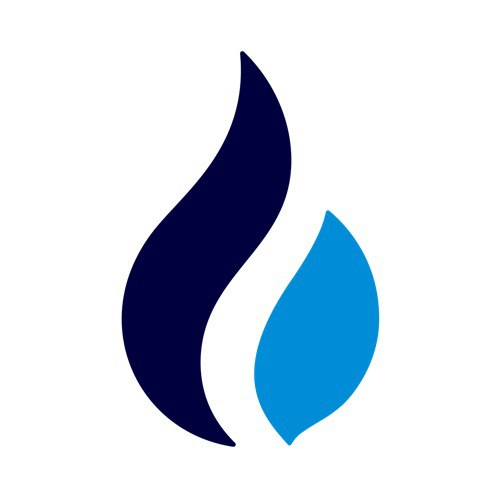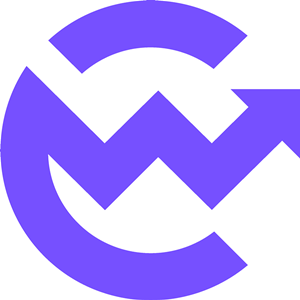
RVN
24H 现货交易量
£114,659,423.24
项目开始时间

2018年3月11日
关于
1. Background IntroductionRavencoin is a blockchain platform specifically designed for the creation and transfer of assets. Launched in 2018, it is an open-source project that focuses on enabling users to tokenize real-world assets, such as real estate, commodities, or even intellectual property. The project was inspired by Bitcoin's codebase but has been modified to prioritize asset issuance and transfer. Ravencoin operates on a Proof-of-Work (PoW) consensus mechanism, similar to Bitcoin, but with a focus on decentralization and community-driven development.2. Core Website ContentThe Ravencoin website provides a comprehensive overview of the project, including its mission, technology, and use cases. Key sections include: (1) A detailed explanation of Ravencoin's purpose as a peer-to-peer blockchain for asset transfer. (2) Documentation and whitepapers outlining the technical specifications. (3) Download links for the Ravencoin wallet and node software. (4) A blog section with updates and community news. (5) Resources for developers, including APIs and integration guides. The website emphasizes simplicity and accessibility, catering to both technical and non-technical users.3. Technical FeaturesRavencoin's technical architecture includes several notable features: (1) A modified Bitcoin codebase optimized for asset creation and transfer. (2) A PoW consensus algorithm using the KAWPOW hashing function, designed to resist ASIC dominance. (3) Native support for asset issuance without requiring smart contracts. (4) Messaging capabilities for asset-related communication. (5) A fixed supply of 21 billion RVN tokens, with a block reward halving mechanism. The platform also supports unique asset naming and sub-assets, enabling detailed asset management.4. Token EconomicsThe RVN token serves as the native currency of the Ravencoin network, used for transaction fees and asset creation. Key aspects of its tokenomics include: (1) A total supply of 21 billion RVN, with no pre-mine or ICO. (2) A block reward of 5,000 RVN initially, halving every 2,100,000 blocks (approximately 4 years). (3) A 1-minute block time for faster transactions compared to Bitcoin. (4) A fair launch model where all coins are mined. The token is primarily used to pay for asset creation (500 RVN) and transaction fees, creating inherent demand for the token as the ecosystem grows.5. Similar Competitor ComparisonRavencoin competes with other asset tokenization platforms like Ethereum (ERC-20/721 tokens), Waves, and Omni Layer. Key differentiators include: (1) Unlike Ethereum, Ravencoin is purpose-built for asset transfer, avoiding smart contract complexity. (2) Compared to Waves, Ravencoin offers a more decentralized PoW model versus Waves' leased PoS. (3) Versus Omni Layer, Ravencoin operates as an independent blockchain rather than a Bitcoin layer. Ravencoin's focus on simplicity and decentralization gives it a niche advantage for users prioritizing these features over programmability.6. Risks and ChallengesRavencoin faces several challenges: (1) Competition from more programmable platforms like Ethereum that offer broader functionality. (2) Regulatory uncertainty surrounding asset tokenization. (3) Relatively low adoption compared to major blockchain platforms. (4) Dependence on mining for security, which could become less viable if RVN's price declines. (5) The need to educate potential users about its specialized use case. The project's success largely depends on broader adoption of asset tokenization and its ability to maintain a competitive edge in this niche.7. Industry FutureThe future of asset tokenization appears promising, with growing interest in representing real-world assets on blockchain. Ravencoin is well-positioned in this trend due to its specialized design. Potential developments include: (1) Increased institutional adoption of asset tokenization. (2) Integration with decentralized finance (DeFi) platforms. (3) Regulatory clarity that could boost legitimate use cases. (4) Technological improvements like privacy features or scalability solutions. The platform's focus on a single use case could either limit its growth or make it the go-to solution for asset transfer as the market matures.8. SummaryRavencoin presents a focused solution for blockchain-based asset transfer, differentiating itself through simplicity and decentralization. While it faces significant competition and adoption challenges, its specialized design addresses real needs in the growing asset tokenization space. The project's success will depend on broader market adoption of tokenized assets, regulatory developments, and its ability to maintain technical relevance. For users prioritizing straightforward asset creation over smart contract functionality, Ravencoin offers a compelling alternative to more complex platforms. 更多>























































 看多
看多
 看空
看空